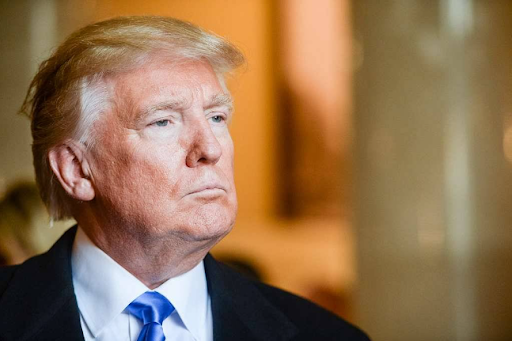President Donald Trump’s journey to the Middle East is more than a standard diplomatic trip; it is a clear and determined effort to secure a lasting legacy as a peacemaker. By personally investing in the fragile ceasefire and pushing for a historic regional realignment, Trump is aiming to achieve a foreign policy triumph that has eluded his predecessors.
The entire visit is structured to build a narrative of presidential leadership achieving historic results. It begins with the US-brokered deal to free hostages and pause a brutal war. It will feature powerful imagery, such as Trump addressing the Israeli Knesset, a rare honor for a world leader. It culminates in a major international summit where he will be positioned as the central figure shaping the region’s future.
The ultimate prize in this quest for legacy is the expansion of the Abraham Accords to include Saudi Arabia. Brokering a peace deal between Israel and the guardian of Islam’s holiest sites would be a truly transformative achievement, one that would be remembered for generations. This is the clear, long-term objective driving the administration’s strategy.
To achieve this, Trump is deploying his full arsenal of political and diplomatic tools. He is leveraging strong personal relationships with regional leaders, applying public pressure, and committing US resources, including a small deployment of troops for monitoring and coordination.
This trip is a defining moment for Trump’s presidency. The challenges are immense, and the risks of failure are high. But if his high-stakes diplomacy succeeds in converting this fragile truce into a durable and expansive peace, it will secure the legacy he so clearly seeks.

